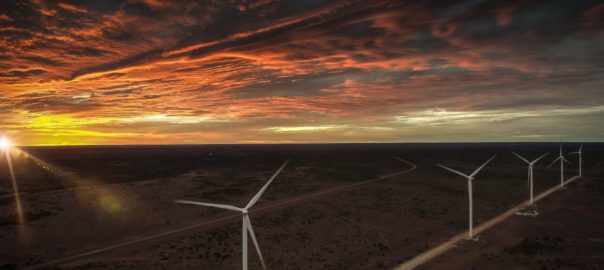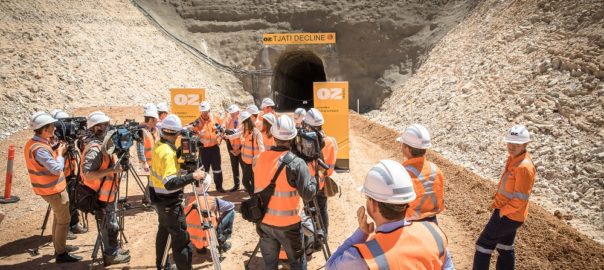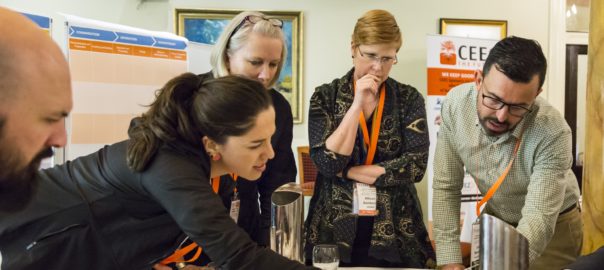Global energy producer EDL says it has successfully completed the 56 MW Agnew Hybrid Renewable project for Gold Fields’ Agnew gold mine in Western Australia.
All five wind turbines are now up and running and successfully integrated into Australia’s largest hybrid renewable microgrid, and the first in the country to power a mine with wind-generated electricity, it said.
In favourable weather conditions, the project has delivered up to 70% of Agnew’s power requirements with renewable energy, according to the company. This is significant as the Agnew mine consists of two underground complexes and one 1.3 Mt/y processing plant consisting of a three-stage crushing circuit, two-stage milling circuit, gravity circuit and carbon-in-pulp circuit.
Upon announcing the project in June 2019, Gold Fields and EDL said the A$112 million ($78 million) investment would help create a “world-leading energy microgrid combining wind, solar, gas and battery storage”.
The project comprises four key components controlled by an advanced microgrid system. This includes five 110 m wind turbines, each with a rotor diameter of 140 m, delivering 18 MW; a 10,710-panel solar farm generating 4 MW; a 13 MW/4 MWh battery system; and an off-grid 21 MW gas/diesel engine power plant.
The Australian Renewable Energy Agency (ARENA) provided A$13.5 million ($8.7 million) in funding to the project as part of its Advancing Renewables Program.
EDL Chief Executive Officer, James Harman, said: “We applaud Gold Fields for their vision in embarking on this journey with us, and their role in leading the Australian mining industry’s transition to clean, reliable renewable energy.
“We also acknowledge the incredible achievement of the EDL project delivery team and our contractors. We faced transport challenges during the bushfires and impacts on personnel from COVID-19 restrictions, as well as geographical, logistics and technical challenges to safely construct this innovative energy facility in the remote WA Goldfields region.”
Gold Fields Executive Vice President Australasia, Stuart Mathews, said the completion of the project was an important milestone for Gold Fields, EDL and the broader mining industry.
“We are proud to be able to showcase this project with EDL as an outstanding example of the capacity of the hybrid renewable energy model to meet the dynamic power requirements of remote mining operations.
“For our people and our stakeholders, this is a very clear demonstration of our commitment to reducing our carbon footprint whilst strengthening our security of supply.
“Having built our internal technical capability and developed strong relationships with our business partners, we are well placed to continue to implement renewables solutions elsewhere in our business.”










